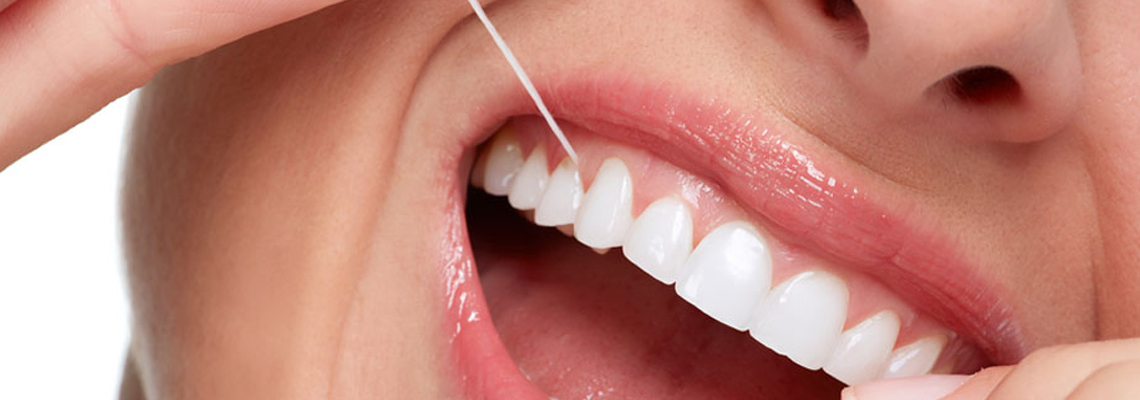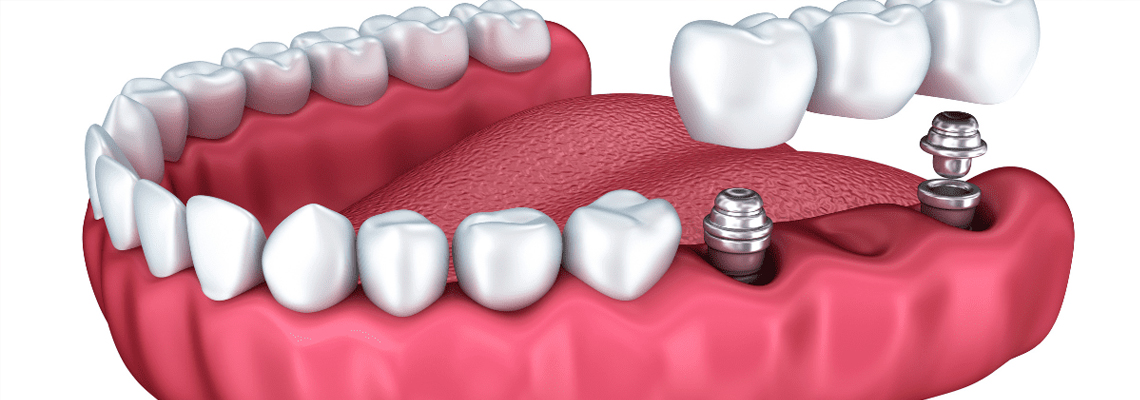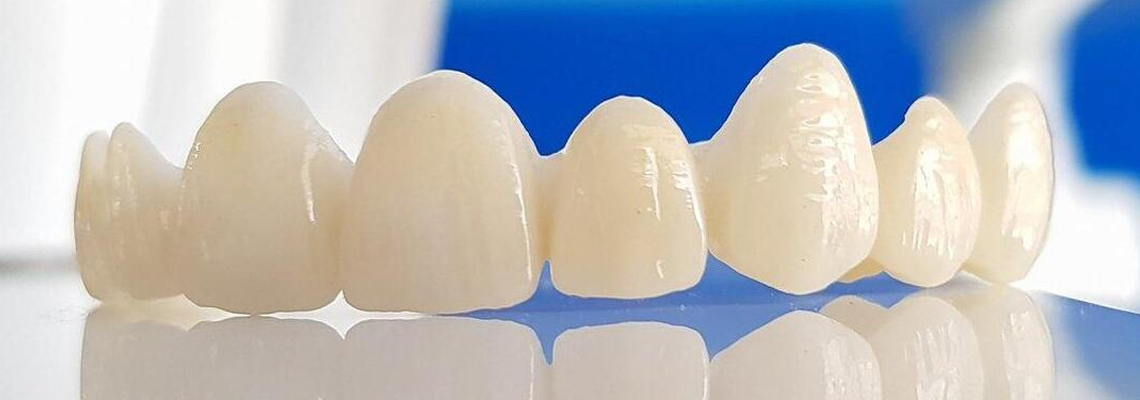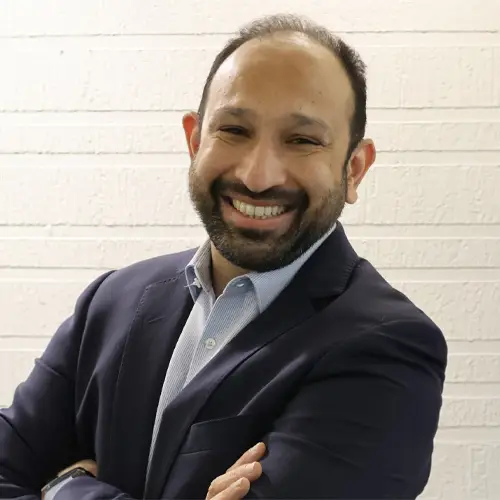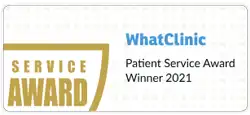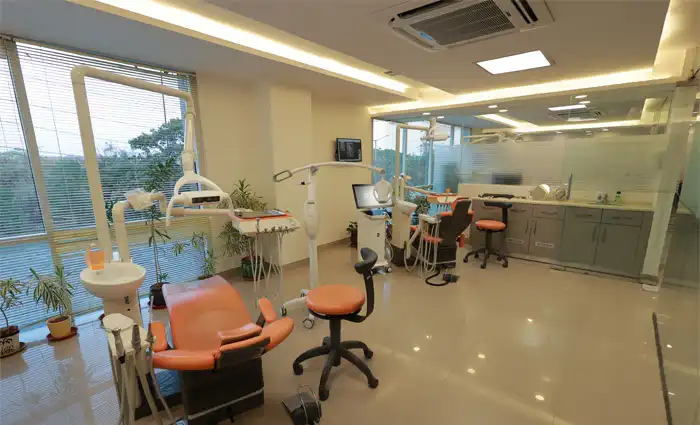Flossing your teeth may seem like a tedious task, but it’s essential for your overall health and should not be neglected. We’ve been told for years that twice-daily brushing is necessary for proper oral hygiene, and it turns out that’s exactly right. Brushing is only a piece of the puzzle, though. Studies have shown that flossing is just as important as brushing when it comes to maintaining good oral health. Although some dentists recommend flossing after every brushing, this is not an excuse to skip brushing. What this means is that maintaining a healthy mouth requires regular flossing. It makes no difference if you use waxed or unwaxed floss or if you floss before you brush. Daily flossing is essential. After you’re done flossing, it’s important to give your mouth a good rinse.
Plaque forms on teeth after a meal or drink. Plaque starts off incredibly sticky when it first attaches to your teeth, but it hardens to the point where only a dentist can scrape it off. Plaque’s acidity causes it to eat away at tooth enamel and irritate gums when it first forms. Inflammation of the gums is the initial sign of periodontal disease, which can progress to serious illnesses like diabetes, heart disease, obesity, and pneumonia. Amazing as it may seem, regular, proper flossing helps prevent a wide range of diseases.
No matter how old you are, you should floss your teeth every day. One catch, though: you actually have teeth. Individuals who are more likely to develop dental problems should take special care to floss regularly. A dry mouth, which can be brought on by certain medical conditions, is a risk factor for gum disease and tooth decay because saliva serves as a bacteria flush, washing away potentially harmful bacteria. If you suffer from dry mouth as a side effect of a medical condition or medication, it’s important to get advice from your dentist regarding treatment options and pay close attention to your dental hygiene routine.
You should floss every day, but it’s also important to do it well each time. The process is straightforward. If it helps, loop one end of roughly 18 inches of floss around each index finger. Waxed or unwaxed floss works just as well. Gently guide the floss between two teeth while pulling it taut. First, use a back-and-forth motion to get rid of debris at the gum line, and then use an up-and-down motion to get rid of debris between your teeth. Use a new section of floss for each tooth, then repeat the process. After you’ve finished flossing, take a good long rinse.
All Ages May Benefit from Flossing Their Teeth!
Flossing is just as important for children as it is for adults, despite the fact that teaching them to do so can be tricky. When your child has two adjacent teeth, they are at an appropriate age to start flossing. Despite how daunting it may seem at first, instilling in your child a commitment to regular dental care will pay dividends for the rest of their lives. You’ll have to get creative to make flossing more exciting for your children, but they’ll be grateful to you in the long run for instilling positive dental hygiene practices early on.
Five Exciting Incentives to Help Children Floss
- If they’ve been good about flossing, reward them by hanging up a chart to remind them. Each day that they manage to floss without missing is worth a star or sticker. When they have flossed regularly for a while, reward them with something like extra time in bed or a movie they really want to see.
- Make the act of flossing a game; kids love to play. Challenge the youngsters to a dance-off, send them on a daring mission, or make them the heroes of a nail-biting drama. You will have more success and your child will be more likely to keep up the habit of flossing into adulthood if you make it an enjoyable family activity instead of a tedious task.
- Unlike the dull, adult-sized flossers, the tools designed for children’s use are brightly colored and sized appropriately for little hands. Some even have a shine to them!
- Everyone learns better with encouragement, so make sure to acknowledge their attempts and successes as they learn to floss. No need to act false.
- See? You can’t tell your kids to floss if you don’t floss yourself. Be a role model and floss regularly. Make it a family event with shared benefits, and your children will look forward to their flossing sessions.
There are Four Easy Steps to Flossing
While proper flossing isn’t difficult, it is necessary for optimal results. The ADA recommends the next steps below to ensure good flossing.
- Take a length of floss equal to your thumbs and index fingers, then draw it taut to create a wind. The choice of waxed or unwaxed floss is entirely up to the individual.
- Use your index fingers to guide the floss up and down between each tooth. During flossing, be careful not to hurt your gums by using too much force or a rough motion.
- Gently and easily move the floss up and down and back and forth between teeth.
- Use a clean section of floss for each tooth, then slide it smoothly over the teeth and under the gum line. After you’re finished flossing, give your mouth a good rinsing.
Standard dental floss isn’t the only option if you don’t like using it. You can use a manual or electric flosser, and you can choose between waxed and unwaxed floss. There are both manual and electric versions of these, and they function similarly to dental floss, with the exception that you grip the handle.
Dental professionals stock special orthodontic floss and floss threaders for patients wearing braces and other orthodontic gear. Using the same procedures, you can get a lot done in a limited amount of space with one of them. Use mild pressure when flossing so you don’t injure your gums, and be careful not to get the floss caught in your braces or other orthodontic appliances.
Daily flossing is essential, and after just a few weeks, it will become as automatic as cleaning your teeth. Call Dr. Motiwala Dental Clinic & Implant Centre at any time if you have any questions about proper flossing practices, whether for yourself or your children. Your call is greatly anticipated.
Are You Looking For Dental Implants
Click on the links below to learn more about the approximately $50,000 savings option for Dr. Motiwala’s packages.
- Full mouth dental implants & Cost of Treatment
- Smile Makeover & Cost of Treatment
- Watch 100’s of Testimonials from our International Patients
Make An Appointment!
Please contact us if you have dental difficulties or are interested to know about dental implants and how they might improve your smile. Dr. Motiwala Dental Clinic & Implant Center may be reached at +91 99596 14584. You can also Contact Us by clicking the banner below.



